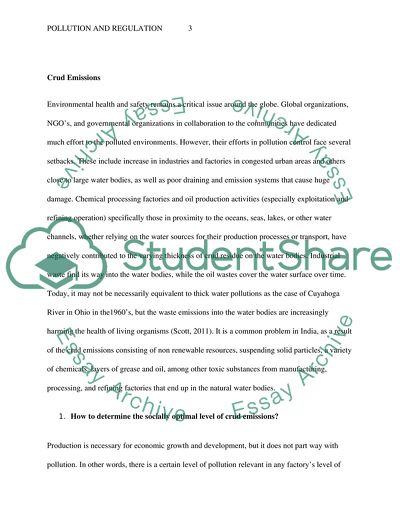Cite this document
(Optimal Level of Pollution Term Paper Example | Topics and Well Written Essays - 2531 words, n.d.)
Optimal Level of Pollution Term Paper Example | Topics and Well Written Essays - 2531 words. Retrieved from https://studentshare.org/environmental-studies/1803131-see-requirment
Optimal Level of Pollution Term Paper Example | Topics and Well Written Essays - 2531 words. Retrieved from https://studentshare.org/environmental-studies/1803131-see-requirment
(Optimal Level of Pollution Term Paper Example | Topics and Well Written Essays - 2531 Words)
Optimal Level of Pollution Term Paper Example | Topics and Well Written Essays - 2531 Words. https://studentshare.org/environmental-studies/1803131-see-requirment.
Optimal Level of Pollution Term Paper Example | Topics and Well Written Essays - 2531 Words. https://studentshare.org/environmental-studies/1803131-see-requirment.
“Optimal Level of Pollution Term Paper Example | Topics and Well Written Essays - 2531 Words”. https://studentshare.org/environmental-studies/1803131-see-requirment.


